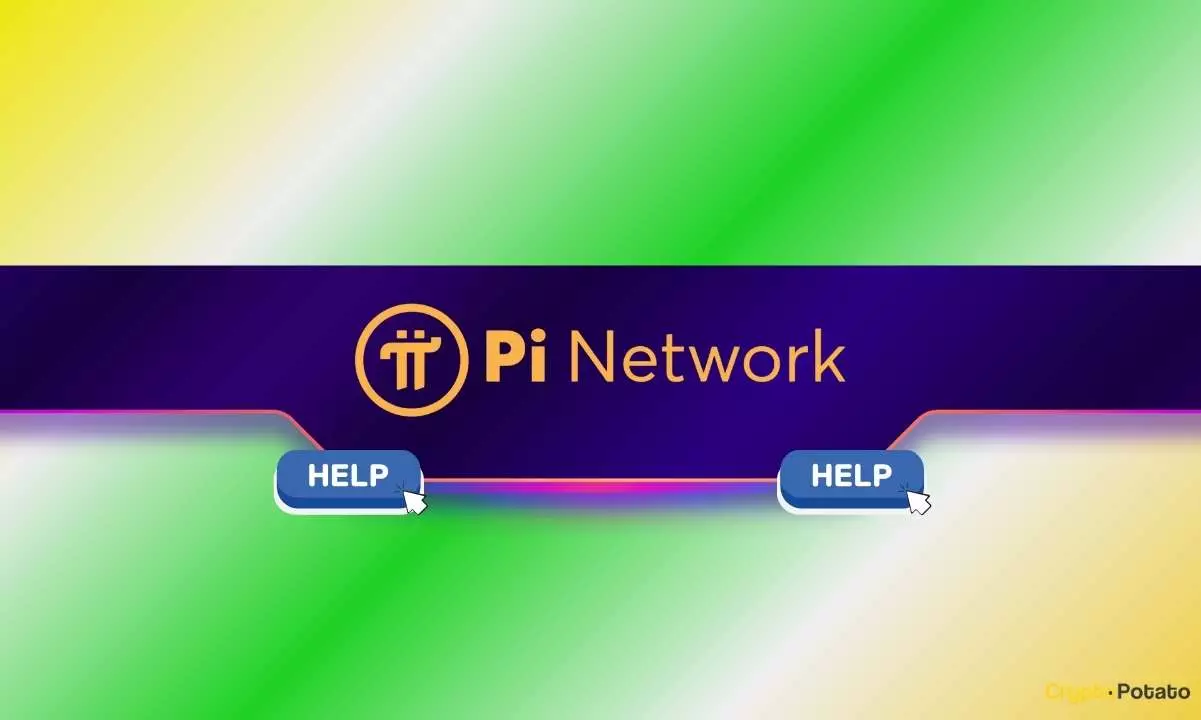Launched nearly six years ago, the Pi Network has carved out a significant niche within the cryptocurrency landscape. Designed to facilitate the mining of its native token via mobile applications, the platform has encouraged millions of users to participate in its ecosystem. However, despite its ambitious goals, users still await the promised rollout of the native token and open mainnet. This wait highlights several underlying issues with the platform’s operation—specifically, the ongoing challenges with Know-Your-Customer (KYC) verifications that users must navigate before they can fully engage with the network.
An obstacle that has consistently plagued the user experience within the Pi Network is the rigorous KYC process. Originally set to conclude by January 31, the deadline for completing KYC verifications has faced multiple extensions, now pushed to February 28. To add to the complexity, users frequently encounter mismatches between their Pi account names and their KYC names, leading to numerous rejected applications. This situation has created frustration within the community, forcing users to grapple with bureaucratic hurdles instead of enjoying the benefits of a decentralized currency.
To mitigate these challenges, Pi Network recently implemented solutions allowing those whose applications were denied due to name mismatches to appeal their cases. However, these remedies come with conditions and penalties, such as having to forfeit a portion of their Mobile Balance if they choose to amend their account name. While these measures aim to rectify discrepancies, they do not eliminate the root causes of users’ frustrations; instead, they introduce an additional layer of complexity that may deter new participants from fully committing to the platform.
In a bid to assist users struggling with minor mistakes, Pi Network has also enabled the ability to correct phone number entries, allowing adjustments to up to two digits. While this is a positive development aimed at easing the user experience, it raises questions about the overall security measures in place to prevent exploitation. The imposed limitations serve to protect user accounts from fraudulent activities, such as unauthorized transfers; however, they also outline a broader concern regarding how accessible and inclusive the platform truly is for its user base.
The initiative to provide corrective measures is a step in the right direction, but it points to an existing flaw in initial user onboarding processes. Ideal implementation of KYC procedures would encompass greater accuracy and support from the outset, alleviating the need for such complex appeals and adjustments.
Despite the challenges faced, the Pi Network has seen tremendous growth, successfully amassing over 100 million downloads by December 2022. Much of this surge can be attributed to its robust community presence in Asian countries, particularly South Korea, India, and Vietnam, where user engagement continues to flourish. Reports indicate that in South Korea alone, the user base has surpassed 1.3 million, quickly overshadowing established crypto exchanges. This impressive growth poses a paradox: while the community thrives, the persistent operational challenges continue to alienate a subset of users.
The passionate, dedicated community behind Pi Network demonstrates a commitment to the platform that contrasts sharply with the frustrations experienced during KYC verification. Fans and proponents gather regularly, as seen in the recent Megha Event in India, signaling a level of enthusiasm and loyalty toward the potential the project holds, even amid ongoing setbacks.
While Pi Network’s rise in popularity is undeniably impressive, it is crucial for the developers to address the prevalent issues within its KYC processes. The combination of operational hurdles like name mismatches and minor phone number errors could hinder long-term user retention if not remedied effectively. By proactively enhancing user support and implementing streamlined processes, Pi Network can cultivate a more inclusive environment for its rapidly growing community. Only then can the platform fully capitalize on its momentum and secure its position as a frontrunner in the cryptocurrency arena.
















Leave a Reply